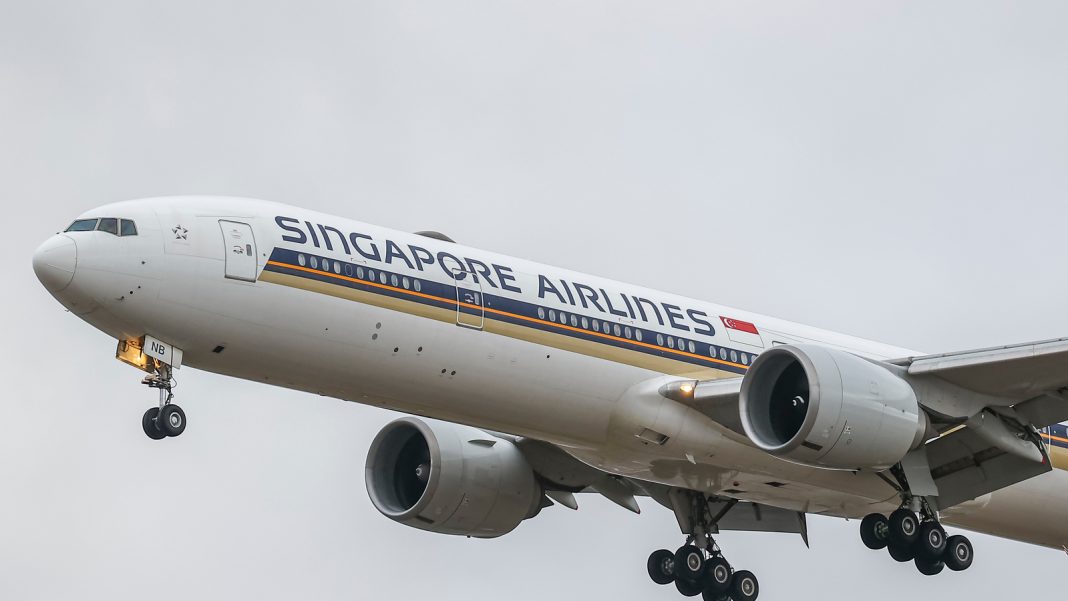Severe turbulence on a Singapore Airlines flight from London to Singapore resulted in one fatality and at least 71 injuries. The Boeing 777-300ER plane was forced to divert to Bangkok, where it landed at 3:45 p.m. local time on Tuesday. The injured passengers were taken to hospitals for treatment, with some being sent to the nearby Samitivej Srinakarin Hospital. According to the hospital, six people are severely injured, while the majority of injuries are cuts and bruises. Singapore President Tharman Shanmugaratnam expressed his condolences to the family of the deceased and assured that the government and Singapore Airlines are providing support to all those affected.
Turbulence is a common occurrence during flights, caused by clashing bodies of air moving at different speeds. Light and moderate turbulence may only cause passengers to feel a strain against their seatbelt and items to move around the cabin. However, severe turbulence can be far more dangerous, throwing passengers around the cabin and resulting in severe injuries or even death. This incident is a reminder of the potential risks associated with air travel.
Unfortunately, this is not an isolated incident. In March 2023, severe turbulence on a private jet led to the death of a former White House official, and just days earlier, seven people were hospitalized after a separate commercial flight encountered significant turbulence. In July 2023, seven people were injured on a Hawaiian Airlines flight to Sydney, Australia, due to severe turbulence. Additionally, in December 2022, 36 people were injured on a Hawaiian Airlines flight from Arizona to Honolulu, with 20 individuals requiring emergency room treatment. These incidents highlight the importance of passenger safety and the need for airlines to take measures to mitigate the risks associated with turbulence.
A study conducted in September 2022 predicts that clear-air turbulence will increase substantially worldwide between 2050 and 2080, particularly along busy flight routes. Furthermore, the study suggests that the strongest type of turbulence will experience the greatest increase. This underscores the need for ongoing research and improved forecasting capabilities to enhance passenger safety.
In light of this incident, Singapore’s Ministry of Transport has launched an investigation into the situation surrounding Flight SQ321. The Transport Safety Investigation Bureau is collaborating with their Thai counterparts to gather all relevant information.
It is crucial for airlines, regulatory authorities, and aviation experts to continue prioritizing passenger safety and exploring measures to minimize the risks associated with turbulence. This includes implementing advanced forecasting techniques, enhancing turbulence detection systems, and improving aircraft design to withstand turbulent conditions. By doing so, the aviation industry can work towards ensuring a safer and more comfortable experience for passengers worldwide.


